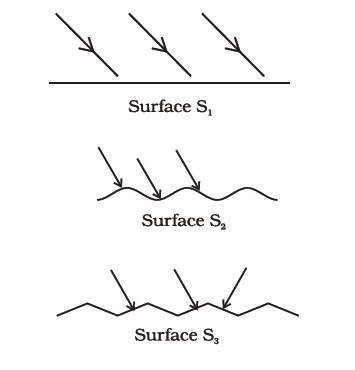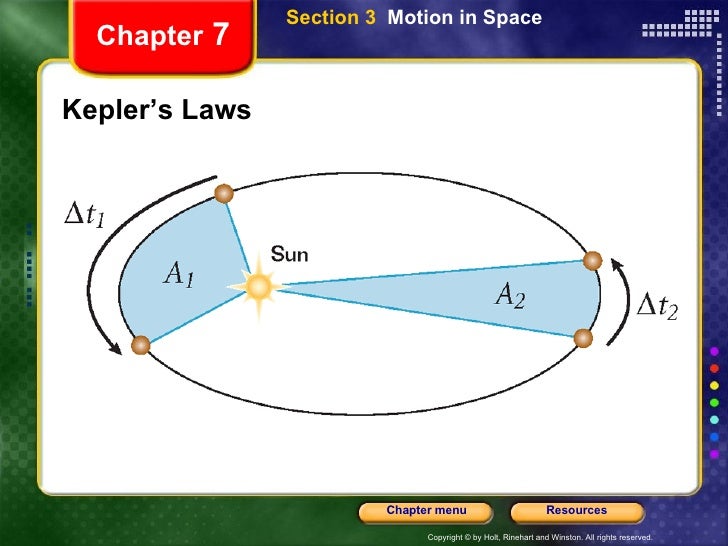- Chapter 3 Uniform Circular Motionmr.'s Learning Website Templates
- Chapter 3 Uniform Circular Motionmr.'s Learning Website Examples

Chapter 3 Uniform Circular Motionmr.'s Learning Website Templates
Many motions, such as the arc of a bird’s flight or Earth’s path around the Sun, are curved. Recall that Newton’s first law tells us that motion is along a straight line at constant speed unless there is a net external force. We will therefore study not only motion along curves, but also the forces that cause it, including gravitational forces. In some ways, this chapter is a continuation of Dynamics: Newton’s Laws of Motion as we study more applications of Newton’s laws of motion.

Figure 1. This Australian Grand Prix Formula 1 race car moves in a circular path as it makes the turn. Its wheels also spin rapidly—the latter completing many revolutions, the former only part of one (a circular arc). The same physical principles are involved in each. (credit: Richard Munckton)


On this page I put together a collection of circular motion problems to help you understand circular motion better. The required equations and background reading to solve these problems is given on the rotational motion page. Refer to the figure below for problems 1-6. Mr.Panchbhaya's Learning Website: Chapter 5 - Work, Energy, and Power. Phys1151.pdf: File Size: 1292 kb: File Type: pdf. Powered by Create your own unique website with customizable templates. Start studying PHYS 2110 Chapter 5: Dynamics of Uniform Circular Motion. Learn vocabulary, terms, and more with flashcards, games, and other study tools. Nelson Chemistry 12 Chapter 3 Review Answers PDF Get Free Nelson Chemistry 12 Chapter 3 Review Answers Chemistry 12 - Chapter 3 Quiz. Indicate whether the sentence or statement is true or false. The region in space where an electron is most likely to be found is called an energy level.
Chapter 3 Uniform Circular Motionmr.'s Learning Website Examples
This chapter deals with the simplest form of curved motion, uniform circular motion, motion in a circular path at constant speed. Studying this topic illustrates most concepts associated with rotational motion and leads to the study of many new topics we group under the name rotation. Pure rotational motion occurs when points in an object move in circular paths centered on one point. Pure translational motion is motion with no rotation. Some motion combines both types, such as a rotating hockey puck moving along ice.


Comments are closed.